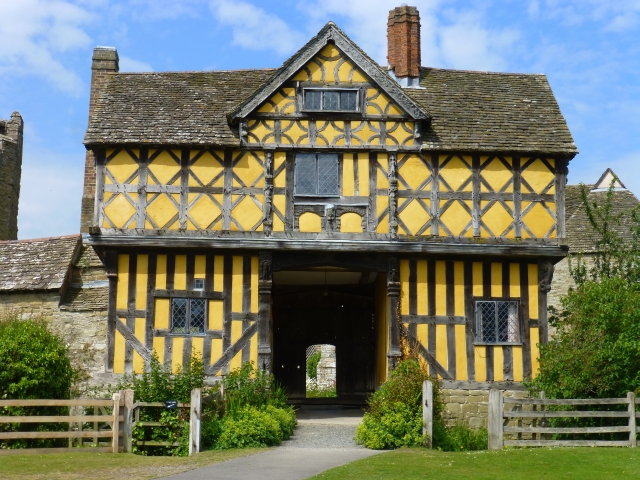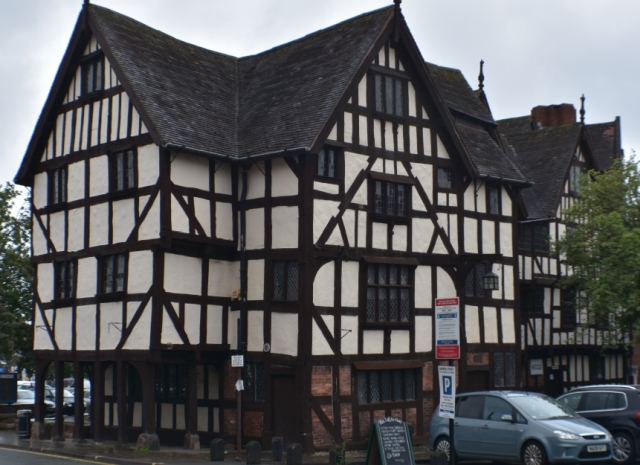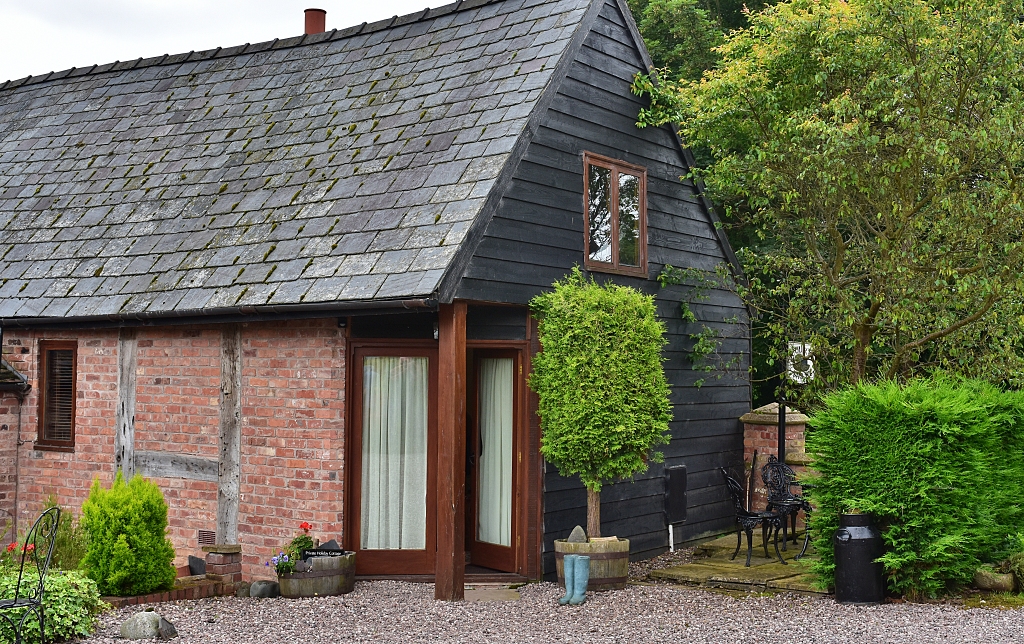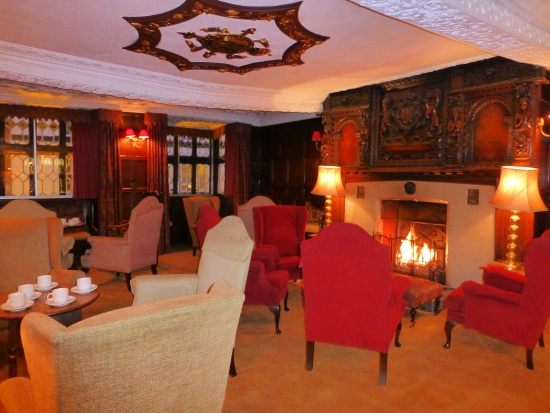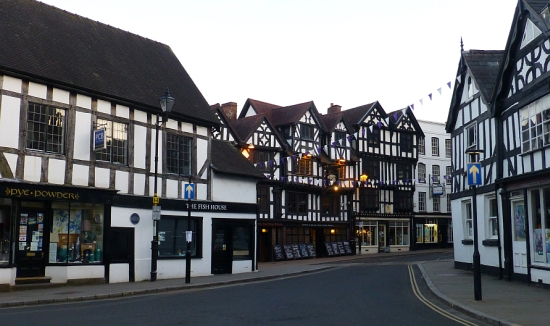Langley Chapel
At the edge of a field in beautiful rural Shropshire countryside stands Langley Chapel, a small, simple, Grade 1 listed Anglican church.
Getting to the chapel can be a bit of a challenge as the roads are twisty and narrow. We combined our visit with explorations of Acton Burnell Castle and Cantlop Bridge, which are in the same area south of Shrewsbury.
You reach Langley Chapel at the end of a narrow road from Action Burnell.
There is a small car park where two or three cars can park. From the car park, a gateway leads into a field, which during the summer months will be growing
one crop or another and should give nice photo opportunities of the chapel.
Back in 1313, Richard Burnell received permission to build a private chapel for the family and staff of Langley Hall, and the workers of the accompanying manor, and later that century, the manor of Langley passed to the Lee family.
Around the mid-sixteenth century, it is believed that the Lee family rebuilt the chapel using parts of the original medieval structure, and then further improved the building with a new roof in the early 1600s. As the prominence of Langley Manor declined, and workers and family moved away, the use of Langley Chapel waned until it was eventually abandoned during the nineteenth century.
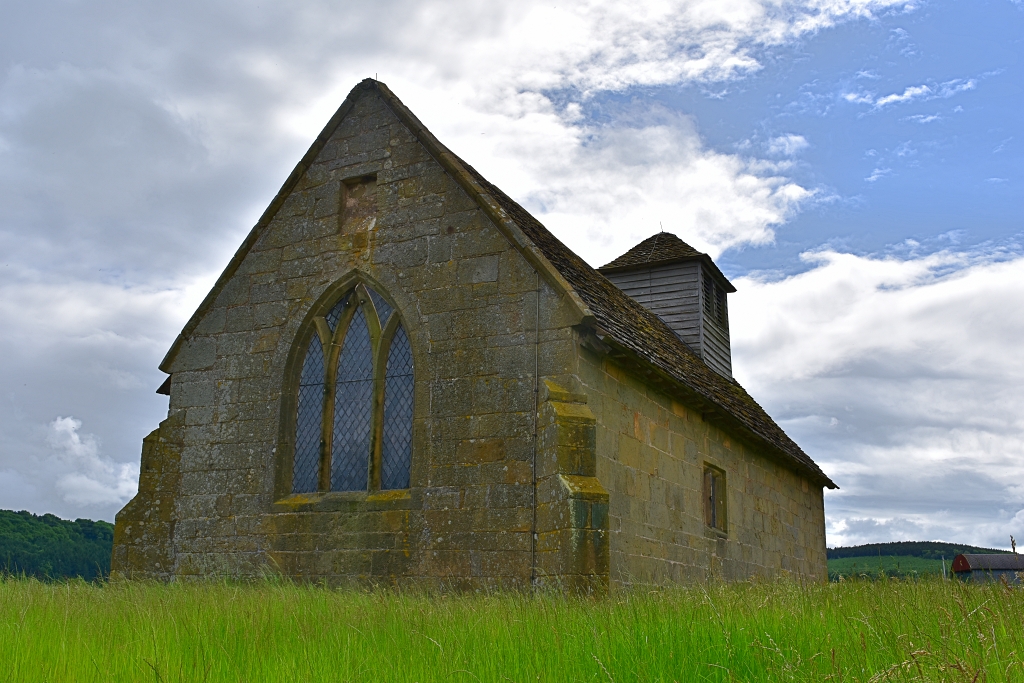 The East End of Langley Chapel © essentially-england.com
The East End of Langley Chapel © essentially-england.comThe chapel is built from dressed grey sandstone and is rectangular. The tiled roof has a small weatherboarded tower at the western end, which was recorded in 1834 as still having two bells.
Fashions change, and over the centuries many of England's religious building have been restyled or modified. But due to its rural location and small local population, Langley Chapel has been left untouched since late Tudor times and, surprisingly, still holds some good examples of early 17th century furnishings.
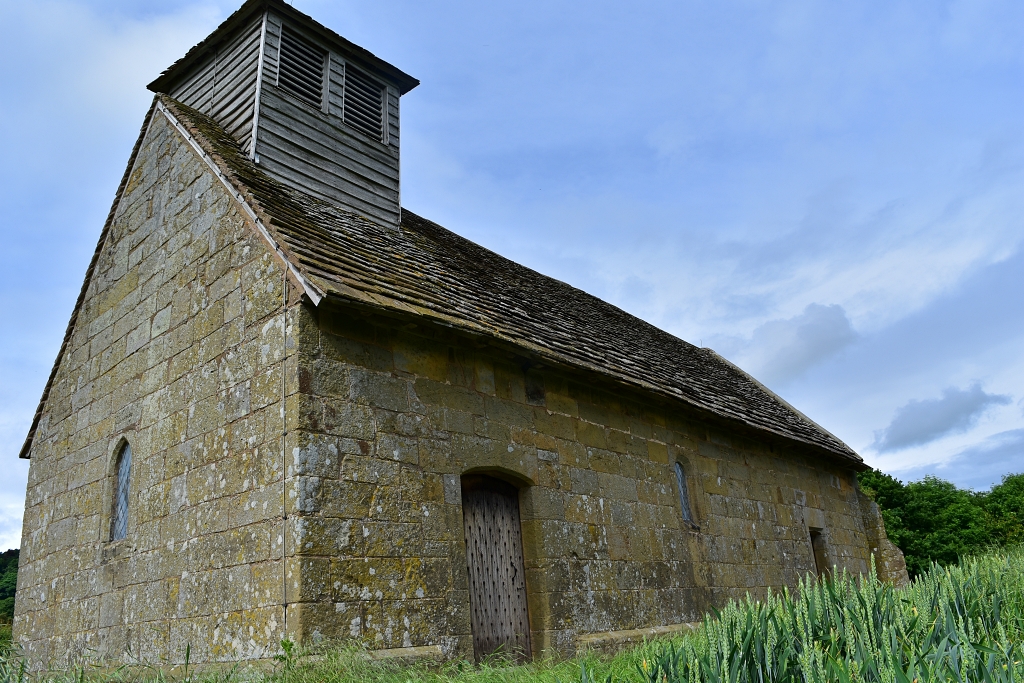 Langley Chapel from the West End © essentially-england.com
Langley Chapel from the West End © essentially-england.comLangley Chapel lets us experience how people participated in church life in the early
stages of the Church of England, which was established after the reformation in
1534.
Enter the chapel through the farthest of two nail-studded wooden doors in the south wall, which dates to Tudor times. The chapel is a single celled building, with the only differentiation between the nave and chancel being a step. Medieval floor tiles decorate the floor, all the walls are painted white, and the only remaining decoration is a Tudor frieze of flowers and fleurs-de-lis along the south wall.
Langley Chapel Furnishings
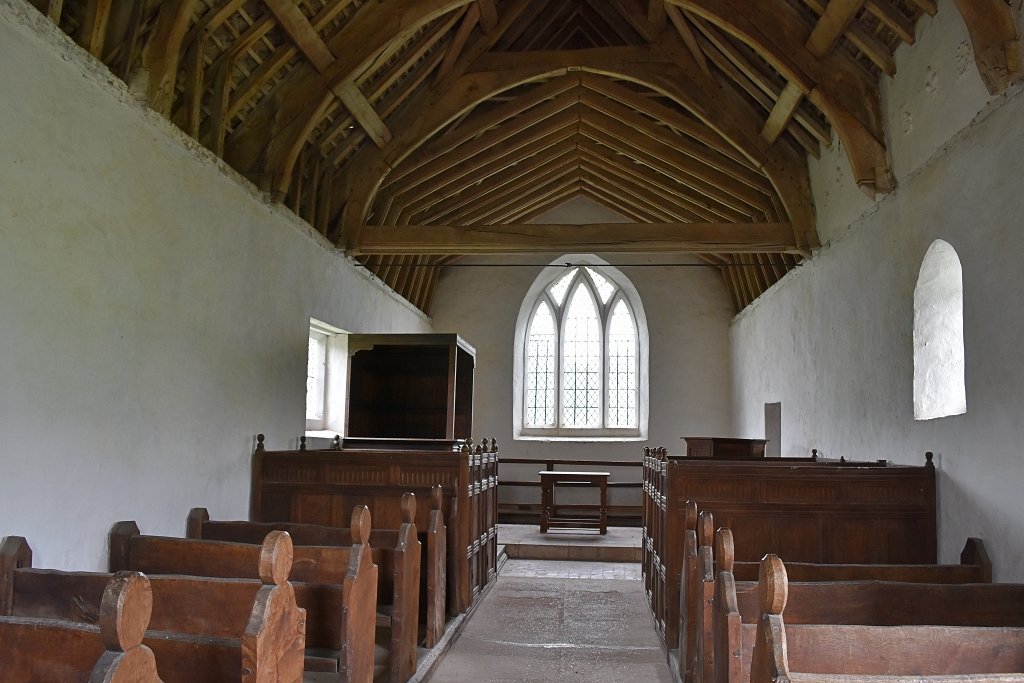 Looking Towards the Chancel Inside Langley Chapel
Looking Towards the Chancel Inside Langley Chapel © essentially-england.com
A wooden communion table with seating occupies the chancel. Members of the congregation would have shared Holy Communion around this table in likeness to the Last Supper taken by Jesus and his disciples.
Langley Chapel has no altar. Services would have been conducted from a small wooden pulpit just in front of the chancel.
After the reformation, worship shifted from preaching and reading scriptures in Latin to English. Worship at Langley Chapel also included music, as at the back of the chapel (western end) there is a lovely raised desk for musicians.
The unusual, roofed structure along the north wall, opposite the pulpit, is apparently a reading desk with seating. It should have a lectern, but this has also gone missing.
During services in the chapel, the congregation was separated by rank. The Lee family would have sat within the largest box pew, closest to the pulpit. The three other, smaller, box pews would have been for lower ranking members, for example farmers and/or tradespeople. Behind the box pews, wooden benches line both north and south walls, and those were for the use of servants and labourers.
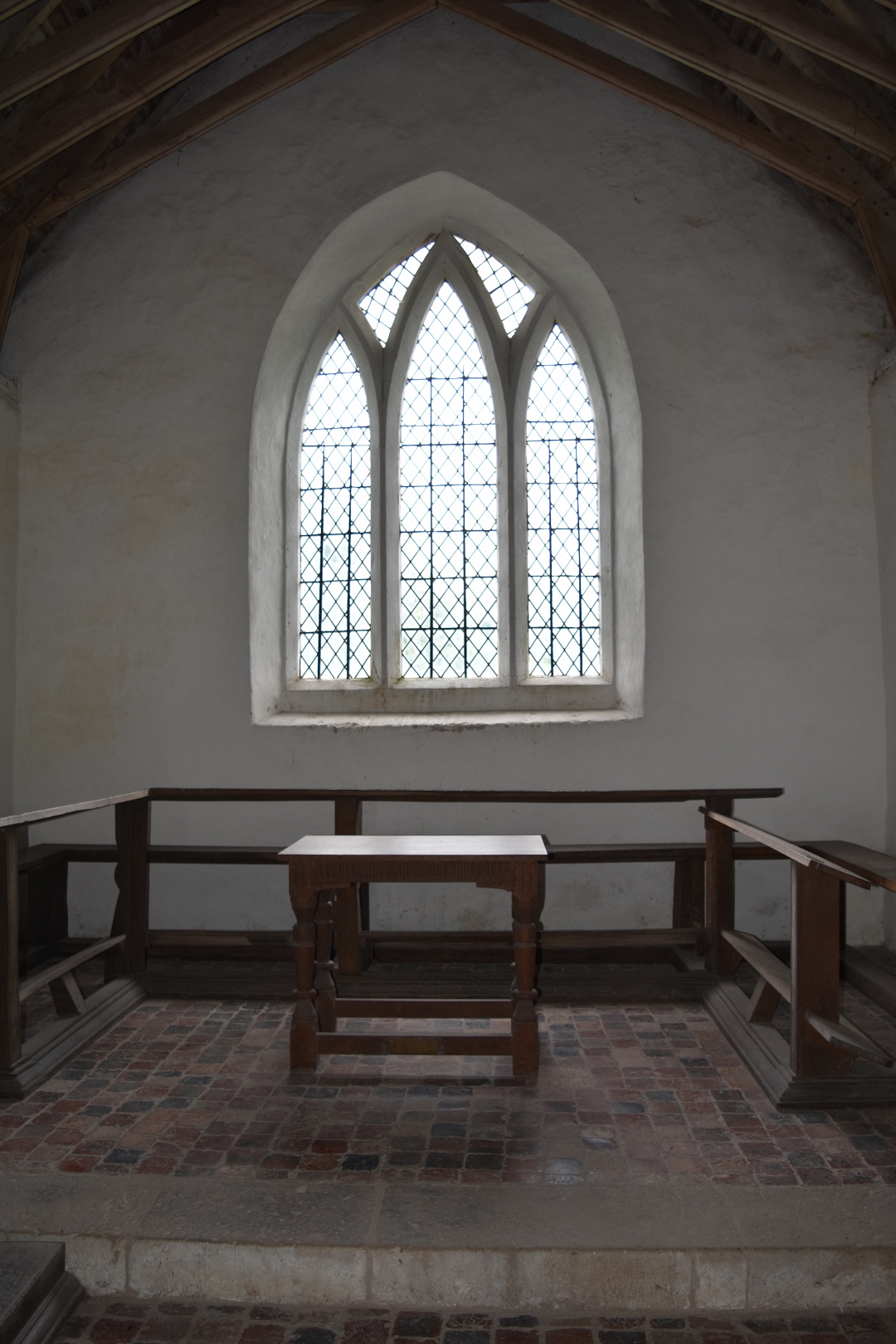 The Communion Table and Seating in Langley Chapel The Communion Table and Seating in Langley Chapel © essentially-england.com |
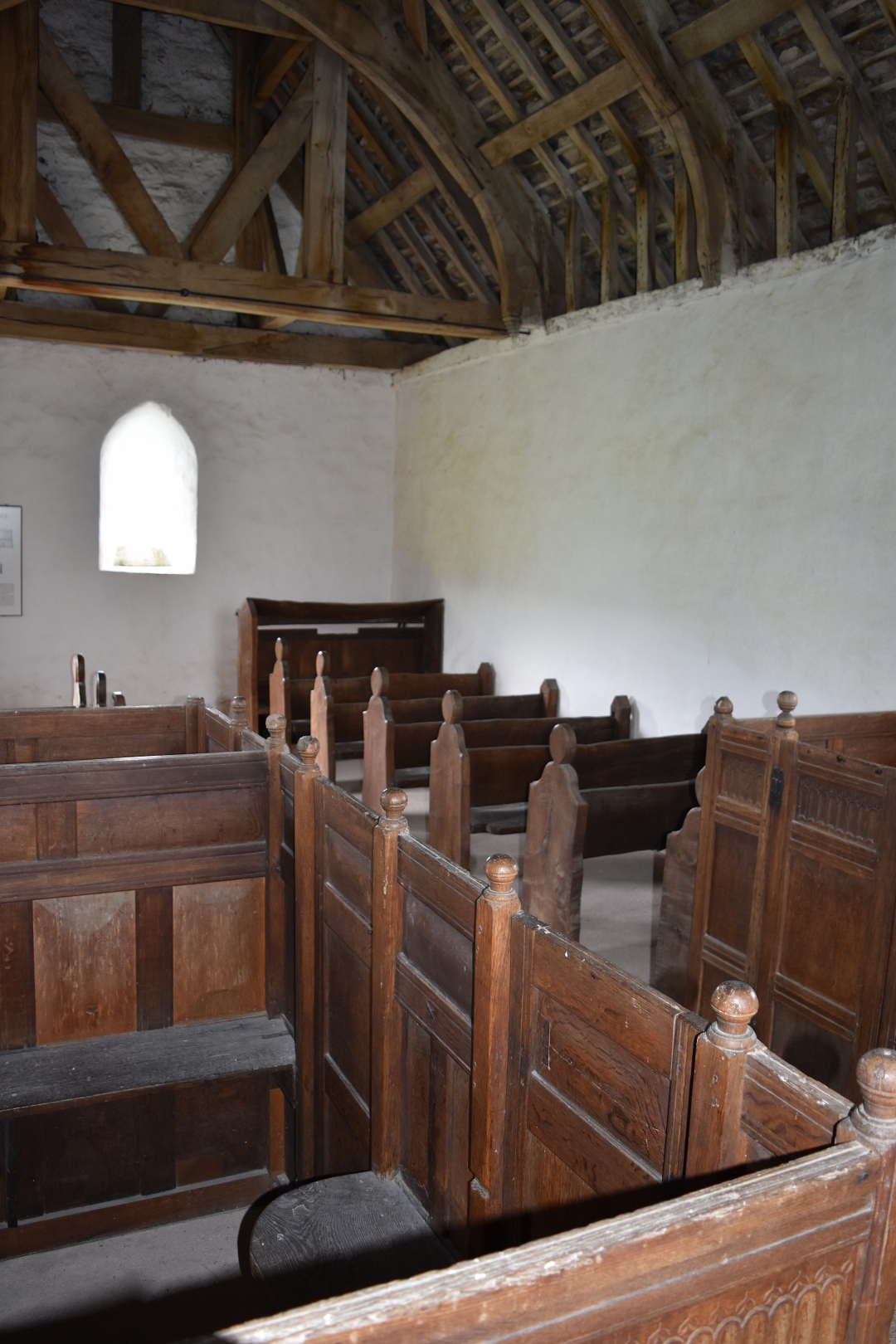 View from the Pulpit in Langley Chapel View from the Pulpit in Langley Chapel © essentially-england.com |
More information on Langley Chapel and its opening times can the found on the English Heritage website here.
Are You Planning a Trip to Shropshire?
Shropshire is a marvellous place for history and food lovers! There's so much to see and do and taste, that you'll need more than just a short visit. If food is your thing, head to Ludlow and start exploring from there. For history lovers, Shrewsbury makes a great base with many historical sites in very easy reach.
Where You Could Stay
To see more self-catering cottages in Shropshire click here or check out holiday cottages in other parts of England by clicking here.
If you need to find a hotel, then try one of these search platforms...
What You Could See and Do
Here are a few places that should go on your must-see list:
- Wroxeter Roman City
- Shrewsbury Abbey
- Shrewsbury
- Attingham Hall and Parkland
- Cantlop Bridge
- Snailbeach Mine
- Much Wenlock
- Offa's Dyke
- Ironbridge Gorge, The Iron Bridge & Broseley Jitties
- Ludlow Castle
- Stokesay Castle
- Bridgnorth
Click here for a great list of things to do in Shropshire.
If you have enjoyed reading about Langley Chapel and are looking for other ideas for days out, then please click here to explore our Shropshire page.




